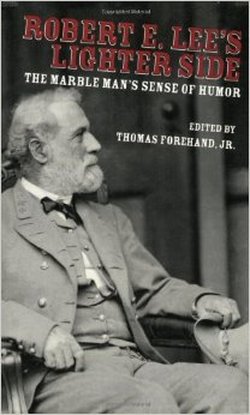
Thomas Forehand, Jr., ed.
Pelican, 2006, 112 pp., $12.95
ISBN: 9781589803558
image courtesy of amazon.com
There has been a resurgence of the idea to humanize General Lee and this work tends to aid in that study. Amidst all of the biographies of Lee, there are many which treat him as a God and the very saving grace of the Confederacy and in reading those we often think of Lee as a God-like figure. Particularly, Douglas Southall Freeman’s four volume work on Lee lends itself greatly to those ideas. But in this small book, Robert E. Lee’s Lighter Side, Thomas Forehand, Jr., attempts to tell a different side of Lee through a series of human interest stories and humor. What is printed in the book, however, may not be the great humanizer which is being attempted in this realm of study.
Thomas Forehand, Jr., works mostly in the field as a public and religious education circuit and is currently working as a civil servant. He earned his Bachelors of Science in radio and television journalism and later in his life attended the Southwestern Baptist Theological Seminary. In 2004, he was awarded the Robert E. Lee Award from the Tennessee Division of the Sons of the Confederate Veterans. This book goes hand in hand with Robert E. Lee’s Softer Side, also edited by Mr. Forehand.
Throughout the book’s seventy pages, there are one hundred and twenty-five human interest stories explaining the humor found in the writings and encounters of General Lee. Some of them are actually humorous, but many only help to explain the man behind the deity. The writing is interesting since it changes from story to story all compiling itself of different soldiers and civilians. While the quotes are cited, the writing itself is from Mr. Forehand changes from story to story. There is a definite feeling of journalism from this text with very short stilted sentences usually found in a news column. These stories, being edited and compiled by Mr. Forehand, are sometimes a stretch into the humorous life of General Lee. For example, one of the stories was about biscuits during the winter of 1862-63. The story goes that there was a great amount of hunger in the army and Lee would often find a way to make food funny for the men. One of his aides stated that the biscuits were rather hard, but Lee’s response was “You ought not to mind that. They will stick by you the longer.” I could not really find the humor in that statement, but there are some who might. The entire seventy pages are filled with these types of examples, but in all reality, these human interest stories tend to lack, well, the human interest.
I’m going to be honest here. I’m not really sure where I stand on this book. I think that what is in these pages are a great attempt to bring a human element to a man who has stood tall in the history books as the closest thing to a deity on earth during the Civil War. I think this type of book should be recognized for what it attempted to do, but in the reality of the situation, does not offer too much to the study of the war itself. It is worth a look, but does not really belong on the bookshelf of serious Civil War students or historians. This is a great introduction book to Lee the man and may help new students understand General Lee a bit better. But for the serious student, you should avoid this one.
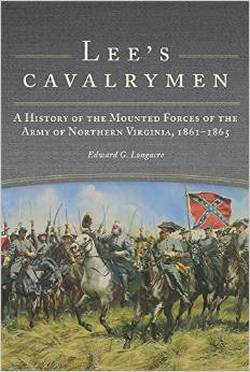
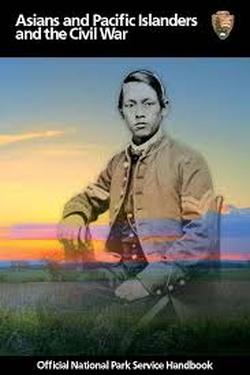
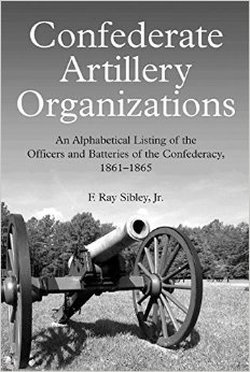
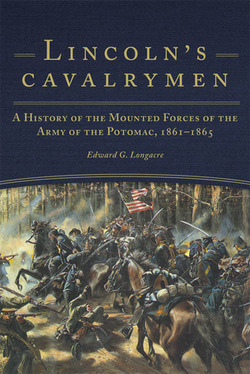
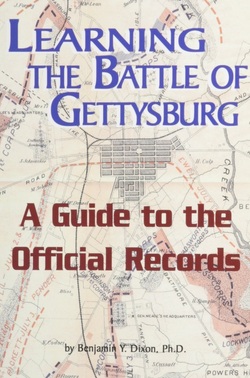
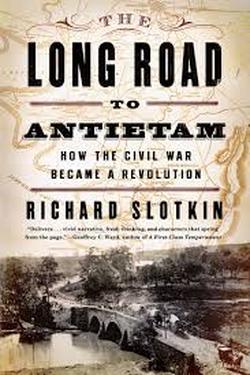
 RSS Feed
RSS Feed
